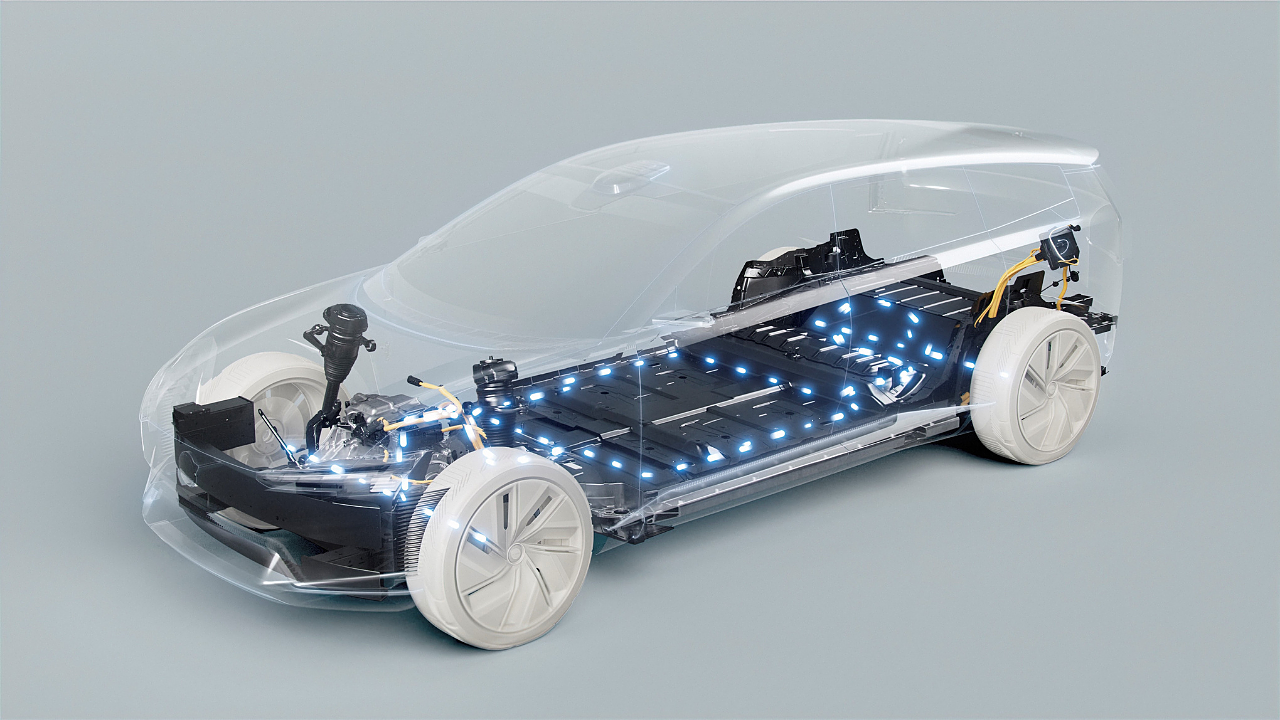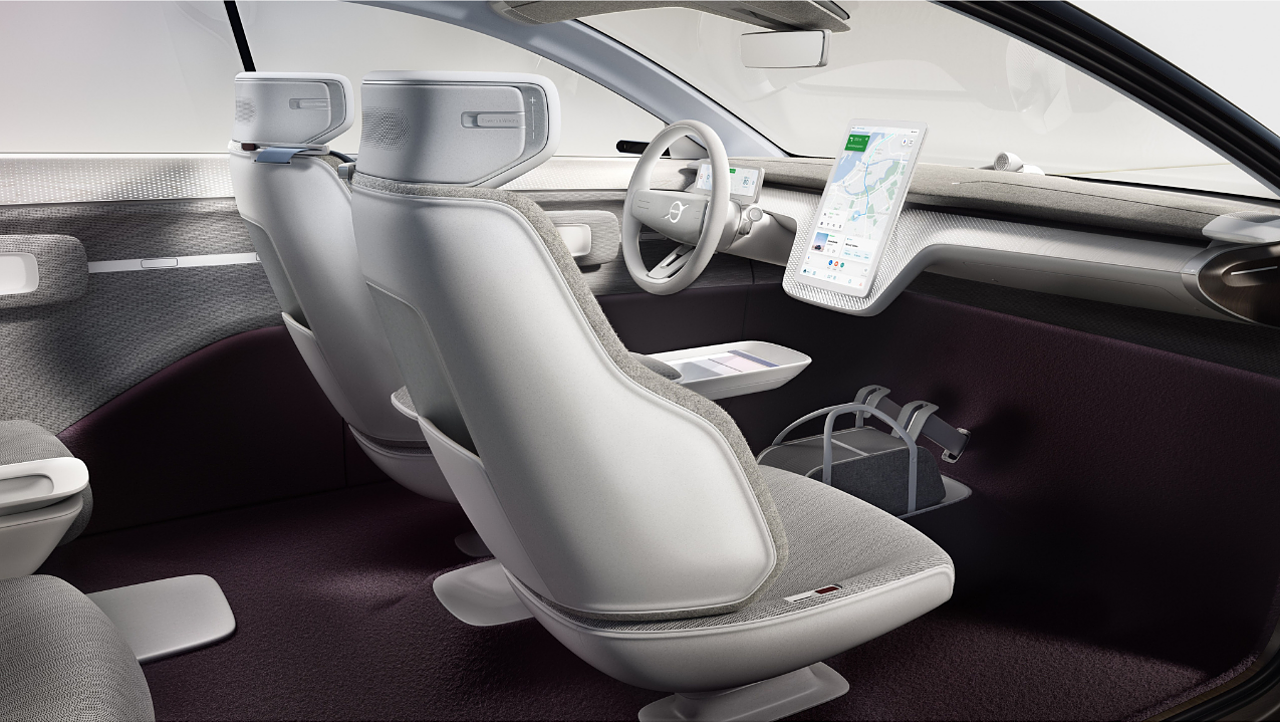
Volvo Cars is scripting its strategy to become a leader in the fast-growing premium electric car segment by 2030 and churn out even more batter cars in its 94-year history.
The recently concluded Volvo Cars Tech Moment, an online event, demonstrated the carmaker’s planned transformation.
Accordingly, the carmaker aims to make cars that can offer more than double the real-world driving range compared with its current electric vehicles, allow for much faster battery charging and provide lower costs for owning and charging alike. By the middle of this decade, it aims to sell 1.2 million cars globally, with at least half being fully electric cars.
There will also be financial targets; it hopes to get an annual operating margin of 8-10% by the mid-decade, driven by increased sales and revenues across all three global sales regions, more effective sales and distribution channels, synergies with its affiliates, and a broader range of fully electric cars. Alongside it expects better profitability as well.
Well, how does the company plan to accomplish these objectives?
There are several initiatives taken by the company to achieve its set goals. To start with, the company will move its software development in-house and focus on shorter development cycles along with core computing inside its cars through NVIDIA technology. The growing role of software as a differentiator for the vehicle of the future will drive profitable growth.
Safety
Taking further initiatives will make its future cars hardware-ready for autonomous drive by including LiDAR sensors from Luminar as standard. In addition, it is looking at harnessing the power of real-time data to improve safety levels in its future cars constantly.
The company aspires to make the next generation cars even safer, thanks to cutting-edge software and hardware levels, coupled with continuous and more rapid improvements to safety features with the help of real-time data.

Data-driven approach
For its next generation of cars, the carmaker is looking at processing data from customers’ vehicles in real-time if they choose to share data and help it make its cars safer.
To process data, the carmaker and Zenseact are investing in a data factory that will contain more than 200 PebiBytes (225 million gigabytes) of data within the next few years. By using artificial intelligence (AI) capabilities, it hopes to crunch the data at record times.
Operating system
The Swedish car manufacturer will take software development in-house as a car’s appeal increasingly becomes more defined by software-driven functions and features than traditional automotive attributes.
Its nextgen EVs, including the first SUV on an entirely new electric-only technology platform, will run on its own operating system (OS) - VolvoCars.OS, which includes Android Automotive OS, QNX, AUTOSAR and Linux.
Through various application programming interfaces (APIs), including the previously announced Extended Vehicle API, the OS gives developers access to in-car features like vehicle sensor data, user interfaces and cloud-based fleet data, subject to customer consent. It enables developers to create new services and applications.
Three main computers support the core computing system in operating vision processing and artificial intelligence, general computing, and infotainment.
The shift to centralised computing also allows to gradually separate hardware from software, giving the strength to introduce more frequent hardware cycles.
Range and fast charging
The car manufacturer brings battery cell technology development and production closer home; it aims to tailor its future batteries to deliver a more extended range and allow faster charging by improving lithium-ion battery technology.
It plans to work with leading Swedish battery company Northvolt to further increase the energy density in its battery cells by up to 50% compared with what is on the market today. During the later part of this decade, the company also looks to break the 1000 Wh/l energy density milestone to achieve 1000km (621 miles) of real driving range.
Parallelly, it aims to cut the present charging times by almost half by the mid-decade, thanks to better battery technology and continuous improvements to the software and fast-charging technology.
Interestingly, the successor to the XC90 has a bi-directional charging facility, allowing customers to offload excess electricity in their car battery to the power grid. Accordingly, electric Volvo drivers can provide energy to the grid when prices and CO2 emissions related to electricity production are at their daily peak while charging their car when emissions fall.
Google partnership continues
Volvo Cars is the first to introduce cars with an infotainment system powered by Android Automotive OS with Google Assistant, Google Maps and Google Play built-in. As part of its current strategy, it plans to continue its collaboration with Google to take infotainment and connectivity to the next level.
Intertwining engineering and design, both the firms will build a user experience for simplicity and optimise safety.
Accordingly, future Volvo cars will also come with a large, centralised touchscreen that provides rich content, easy-to-see information and responsive interaction. Also, the cars will use the customer’s phone as a key, and the Volvo Cars app will connect to everything else!

